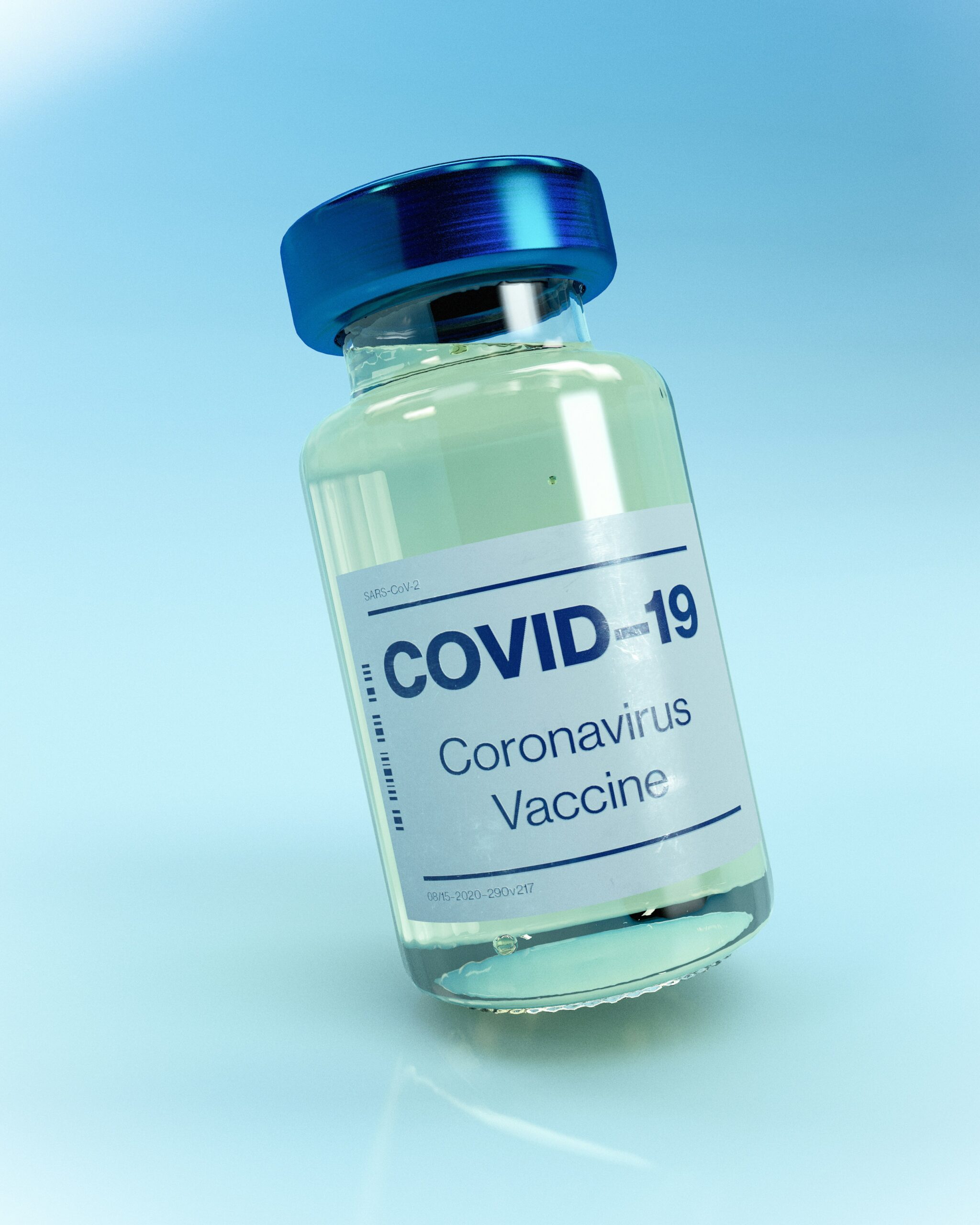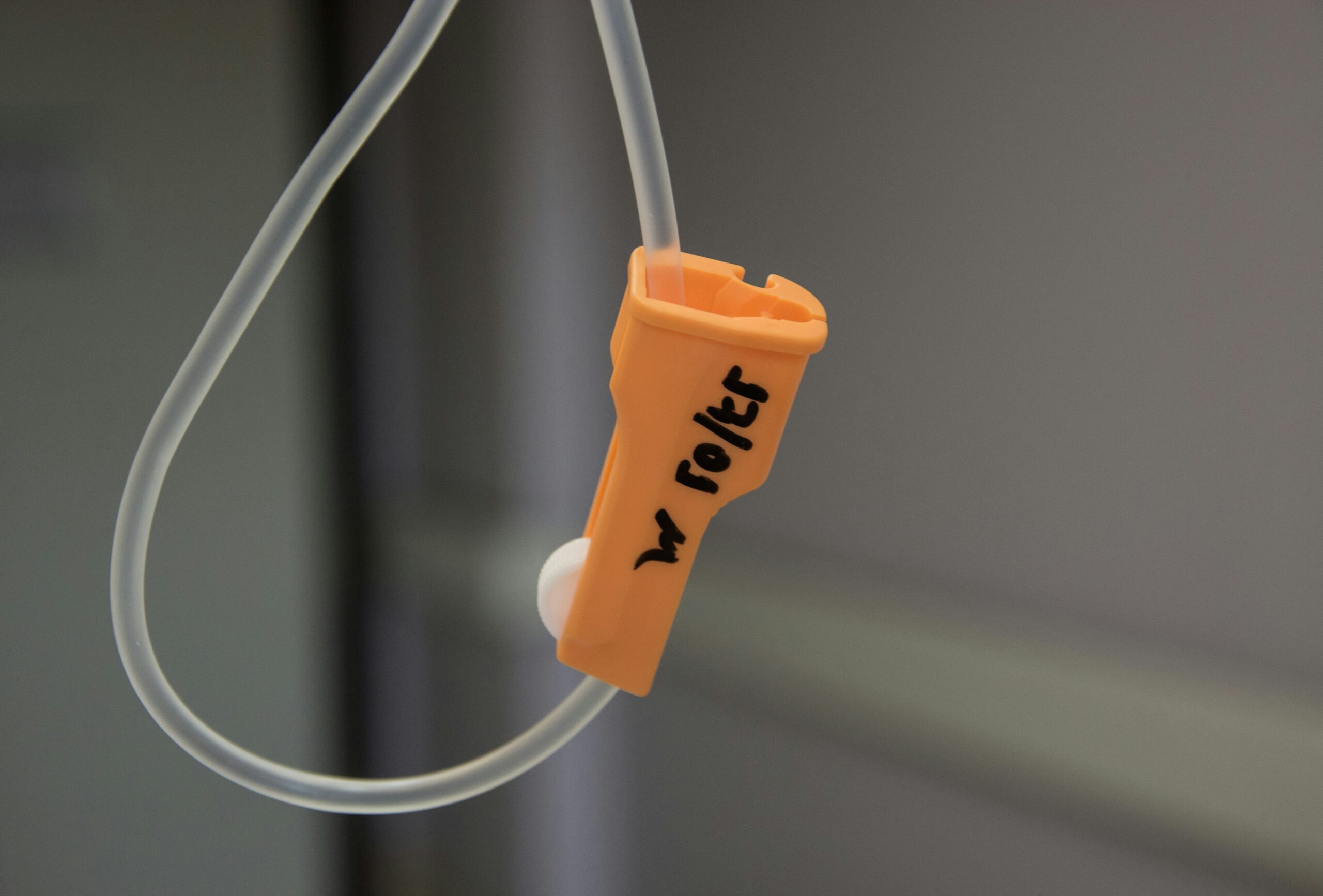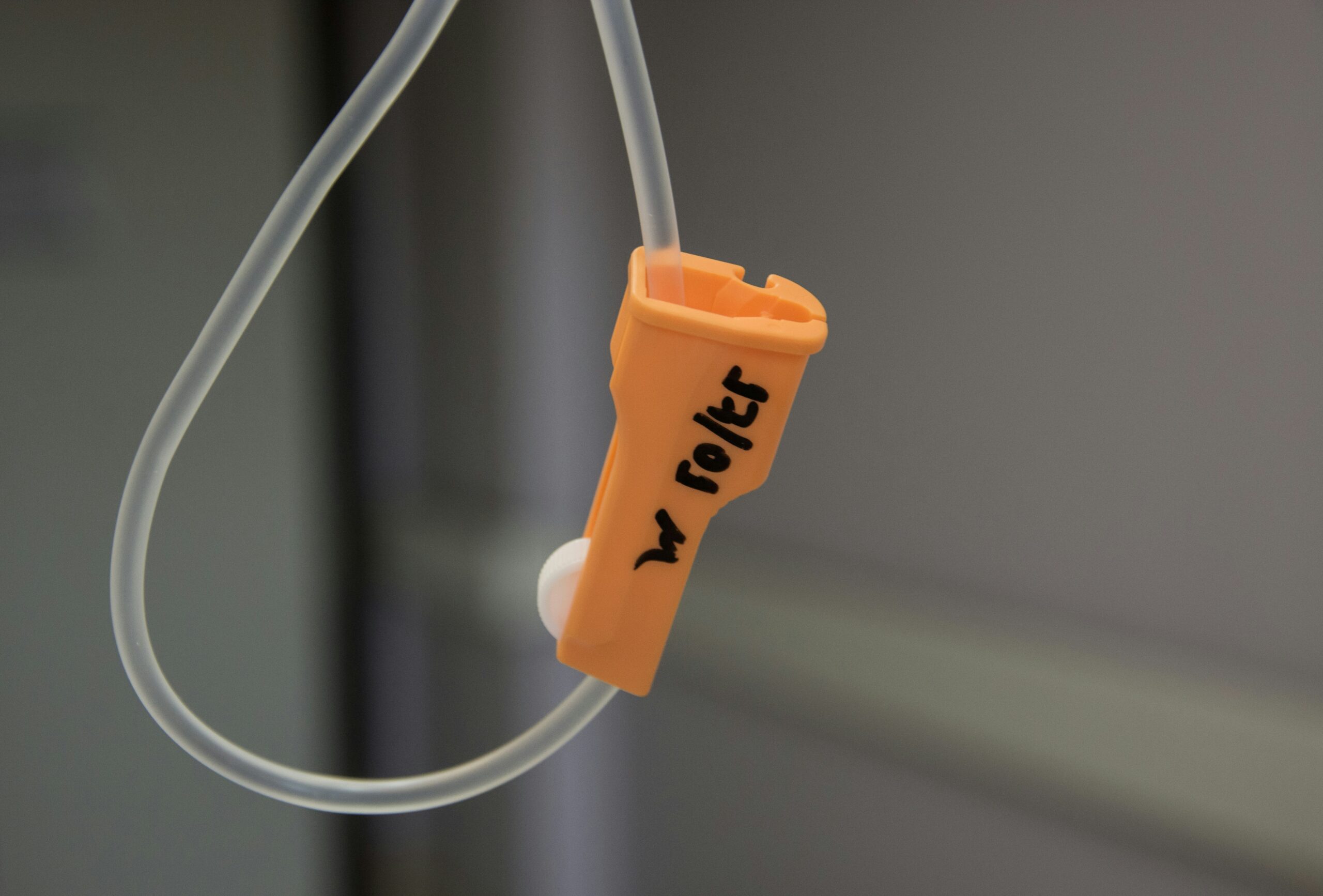In this article, we will explore effective methods to prevent and treat heat exhaustion or heat stroke. With the summer months upon us, it is crucial to equip yourself with the knowledge needed to stay safe and cool under the scorching sun. By understanding the signs and symptoms, as well as adopting preventative measures, you’ll be able to enjoy the sunshine without risking your health. So, let’s dive into practical strategies that will help you stay cool and beat the heat!

Understanding Heat-Related Illnesses
Heat-related illnesses can occur when your body is unable to regulate its temperature in extreme heat conditions. It’s important to understand these illnesses, such as heat exhaustion and heat stroke, in order to recognize the symptoms, prevent them, and provide the necessary care. By differentiating between heat exhaustion and heat stroke, you can ensure appropriate action is taken.
Defining Heat Exhaustion
Heat exhaustion is a condition that occurs when your body overheats due to prolonged exposure to high temperatures. It is often a result of working or exercising in hot weather without proper hydration and rest. Symptoms of heat exhaustion include excessive sweating, weakness, dizziness, nausea, headache, and elevated body temperature.
Defining Heat Stroke
Heat stroke, on the other hand, is a more serious and potentially life-threatening condition. It happens when the body’s core temperature rises to dangerous levels. Unlike heat exhaustion, heat stroke is characterized by a lack of sweating and altered mental state, such as confusion or loss of consciousness. Heat stroke requires immediate medical attention, as it can lead to organ damage or even death.
Differentiating Between Heat Exhaustion and Heat Stroke
It is crucial to differentiate between heat exhaustion and heat stroke because their symptoms and severity differ. While heat exhaustion is a precursor to heat stroke, it is still a milder condition that can be effectively treated with prompt action. Understanding the differences can help you take appropriate measures for prevention and treatment.
Heat Exhaustion and Heat Stroke Symptoms
Recognizing the symptoms of heat-related illnesses is crucial for early intervention and proper care. By identifying the signs of heat exhaustion and heat stroke, you can ensure timely assistance and prevent the situation from worsening.
Identifying Symptoms of Heat Exhaustion
As mentioned earlier, heat exhaustion symptoms include excessive sweating, weakness, dizziness, nausea, headache, and elevated body temperature. Other signs may include pale skin, muscle cramps, rapid heartbeat, and fainting. Pay attention to these symptoms, especially during hot weather or physical exertion, as they can be indicators of heat exhaustion.
Recognizing Symptoms of Heat Stroke
Heat stroke symptoms are more severe and require immediate medical attention. Look for signs such as a high body temperature (104°F or higher), a lack of sweating, hot and red skin, rapid and shallow breathing, confusion, seizures, and loss of consciousness. If someone is experiencing these symptoms, do not hesitate to call emergency services.
Understanding the Progression from Heat Exhaustion to Heat Stroke
Heat exhaustion is often a precursor to heat stroke, meaning it can progress if not addressed promptly. Ignoring early signs or delaying treatment can increase the risk of developing heat stroke. It’s important to understand how heat exhaustion can escalate, ensuring that necessary measures are taken to prevent it from progressing.
Risk Factors of Heat Exhaustion and Heat Stroke
Various factors increase the risk of experiencing heat exhaustion or heat stroke. It’s important to be aware of these risk factors in order to take precautions and minimize the chances of developing these heat-related illnesses.
Common Risk Factors
Certain individuals are more susceptible to heat exhaustion and heat stroke. These include elderly individuals, young children, athletes, outdoor workers, and individuals with certain medical conditions. Aging bodies tend to have a decreased ability to regulate body temperature, while children may not be able to communicate their discomfort. Athletes and outdoor workers are at increased risk due to their exposure to high temperatures and intense physical activity. Additionally, individuals with conditions like heart disease, diabetes, obesity, or respiratory illnesses are more vulnerable to heat-related illnesses.
Environmental Conditions that Increase Risks
Environmental factors play a significant role in the occurrence of heat exhaustion and heat stroke. High temperatures, humidity, direct exposure to the sun, lack of shade, and poor ventilation in enclosed spaces can all contribute to these illnesses. It is important to be mindful of these conditions, especially during heatwaves or in areas with extreme climates.
Health Conditions that Increase Vulnerability
Certain health conditions and medications can make individuals more susceptible to heat-related illnesses. Conditions such as diabetes, heart disease, high blood pressure, and respiratory problems can compromise the body’s ability to regulate temperature. Additionally, medications like diuretics, beta blockers, and antihistamines can hinder sweating and increase the risk of heat-related illnesses. If you have any of these conditions or take these medications, it is essential to take extra precautions in hot weather.
Preventing Heat Exhaustion and Heat Stroke
Prevention is key when it comes to heat-related illnesses. By adopting a proactive approach and implementing preventive measures, you can significantly reduce the risk of heat exhaustion and heat stroke.
Staying Hydrated
Proper hydration is vital in preventing heat-related illnesses. Drink plenty of water, even if you don’t feel thirsty. Avoid excessive caffeine or alcohol consumption, as these can lead to dehydration. Hydrating with electrolyte-rich beverages or sports drinks can also help replenish essential minerals lost through sweat. Remember to drink fluids regularly, especially during physical activities or when exposed to high temperatures.
Acclimatizing to Hot Weather
Gradually exposing yourself to hot weather conditions allows your body to adapt and acclimatize to the heat. If you anticipate upcoming activities in hot environments, try spending increasing amounts of time in the heat beforehand. This approach helps your body adjust to the rising temperatures and reduces the risk of heat-related illnesses.
Wearing Appropriate Clothing
Choosing the right clothing can make a significant difference in preventing heat exhaustion and heat stroke. Opt for lightweight, loose-fitting, and light-colored clothes made from breathable fabrics like cotton or linen. These materials allow air circulation and sweat evaporation, helping to cool your body. Don’t forget to wear a wide-brimmed hat and use sunscreen to protect your skin from direct sunlight.
Avoiding Heat Exposure During Hottest Time of the Day
The hottest time of the day, typically between 10 a.m. and 4 p.m., poses the highest risk for heat-related illnesses. Whenever possible, limit your exposure to extreme heat during these hours. If outdoor activities are necessary, try to plan them for the early morning or evening when temperatures are cooler. Additionally, seek shade or cool indoor spaces whenever you feel overheated or fatigued.

Importance of Early Detection
Recognizing the early warning signs of heat-related illnesses is crucial for prompt intervention. By staying vigilant and knowing what to look for, you can ensure immediate action, preventing the condition from worsening.
Recognizing Early Warning Signs
Early warning signs of heat exhaustion may include heavy sweating, fatigue, thirst, muscle cramps, and slight dizziness. These symptoms are typically milder and precede the more severe signs of heat stroke. By recognizing these early signs, you can take appropriate measures to cool down and prevent further complications.
Understanding the Urgency of Immediate Response
When it comes to heat stroke, immediate response is paramount. Delaying treatment can have severe consequences, including organ damage or fatality. If you or someone around you experiences symptoms like a high body temperature, lack of sweating, confusion, or loss of consciousness, act swiftly and seek medical assistance without hesitation.
Teaching Children and Elderly about Heat-Related Illness Signs
Educating children and elderly individuals about the signs of heat-related illnesses is essential for their safety. Teach them to recognize the symptoms of heat exhaustion and heat stroke, and instruct them on the appropriate actions to take. Encourage them to communicate their discomfort and seek help if they feel unwell in hot weather conditions.
First Aid Measures for Heat Exhaustion and Heat Stroke
Knowing the first aid measures for heat exhaustion and heat stroke can be lifesaving. By taking immediate action and providing proper care, you can help alleviate symptoms and prevent further complications.
Actions to Take When Symptoms are Recognized
If you or someone around you shows signs of heat exhaustion, it’s important to take immediate action. Move to a cool and shaded area, lie down, and elevate the legs to increase blood flow to the heart. Remove any excess clothing and apply cool, wet towels to the skin or take a cool shower. Drink plenty of fluids and rest until the symptoms subside.
Importance of Calling Emergency Services
Heat stroke is a medical emergency and requires professional medical attention. If someone is experiencing symptoms of heat stroke, call emergency services right away. While waiting for help to arrive, move the individual to a cooler area, remove excess clothing, and cool their body using wet towels or by applying ice packs on critical areas such as the neck, armpits, and groin.
Steps to Lower Body Temperature
Lowering the body temperature is crucial in cases of heat exhaustion and heat stroke. Applying cold compresses or immersing the body in cool water can effectively cool it down. However, it is important to avoid ice-cold water or extreme cold, as it can lead to shock. Focus on gradually cooling the body and continue doing so until professional medical help arrives.

Medical Treatment for Heat-Related Illnesses
While first aid measures are important, seeking medical treatment is necessary for heat exhaustion and heat stroke cases. Medical professionals can provide appropriate care, monitor vital signs, and address any complications that may arise.
What to Expect at the Hospital
When seeking medical treatment for heat-related illnesses, expect to be monitored closely by healthcare professionals. They will assess your condition, monitor your vital signs, and conduct blood tests to evaluate organ functions. Intravenous fluids may be administered to rehydrate the body and correct any electrolyte imbalances. In severe cases, additional treatments or therapies may be required, such as cooling blankets or medications to control seizures or reduce inflammation.
Possible Medications and Treatments
In some heat stroke cases, medications may be administered to manage specific symptoms or complications. This can include antipyretics to lower body temperature, anti-seizure medications, or medications to address organ dysfunction or inflammation. Treatments aim to stabilize the individual’s condition, control symptoms, and promote recovery.
Recovery and Long-Term Effects
Recovery from heat-related illnesses is generally achievable with proper treatment and care. However, it’s important to recognize that it may take time for the body to fully recover and regain normal function. Long-term effects can vary depending on the severity of the condition, but can include kidney damage, muscle breakdown, brain damage, and neurological complications. Following medical advice, attending follow-up appointments, and making necessary lifestyle adjustments are crucial in ensuring a smooth recovery.
Heat-Related Illnesses in Special Populations
Certain populations are more vulnerable to heat-related illnesses, requiring specific attention and preventive measures. Understanding how heat-related illnesses affect these special populations can help tailor interventions and ensure their well-being.
Heat Illness in Elderly Individuals
Elderly individuals are more susceptible to heat-related illnesses due to age-related physiological changes and a decreased ability to regulate body temperature. They may also have underlying health conditions that further compromise their resilience to heat. Caregivers and family members should provide extra support and help implement preventive measures, such as ensuring proper hydration, creating cool environments, and avoiding prolonged exposure to high temperatures.
Heat Illness in Children and Infants
Young children and infants are particularly vulnerable to heat-related illnesses due to their limited ability to communicate discomfort and regulate body temperature. Extra caution should be taken to keep them cool and hydrated. It is essential to never leave children or infants unattended in vehicles, even for short periods, as temperatures inside a car can rise rapidly and cause heat stroke.
Heat Illness in Athletes
Athletes, especially those involved in endurance sports or training in hot climates, are at an increased risk of heat-related illnesses. Their high-intensity activities generate significant heat, and prolonged exposure to extreme temperatures can push their bodies beyond their limits. Athletes should be educated on proper hydration strategies, acclimatization techniques, and the importance of recognizing early signs of heat-related illnesses. Coaches and trainers should monitor athletes closely and provide appropriate support during training and competitions.
Heat Illness in Individuals with Chronic Illnesses
Individuals with chronic illnesses, such as diabetes, heart disease, or respiratory conditions, may have compromised physiological responses to heat. Their conditions and medications can affect their ability to regulate body temperature and increase susceptibility to heat-related illnesses. These individuals should be educated on the importance of heat prevention measures, including vigilant hydration, avoiding direct sun exposure, and seeking medical advice on how to manage conditions in hot weather.
Education and Awareness
Promoting awareness about heat-related illnesses in schools and communities is crucial for prevention and early intervention. By providing education and sharing information, we can equip individuals with the knowledge and tools to protect themselves and others.
Promoting Awareness in Schools and Community
Educational initiatives in schools and the wider community can raise awareness about heat-related illnesses, their symptoms, and preventive measures. School curricula can include modules on heat-related illnesses, teaching students how to recognize signs and implement preventive strategies. Community events, workshops, and campaigns can further disseminate information and encourage behavior changes that prioritize heat safety.
Understanding and Sharing Information about Global Warming and Rising Temperatures
Understanding the broader context of global warming and rising temperatures is essential in mitigating the impact of heat-related illnesses. It is crucial to educate ourselves and others about climate change, its effects on weather patterns, and the increasing frequency and severity of heatwaves. Sharing information on sustainable practices, energy conservation, and advocating for climate action can help address the root causes of heat-related illnesses.
Continued Prevention and Care
Preventing heat-related illnesses is an ongoing effort that requires continued attention, care, and adjustments to our lifestyle and environment. By making prevention a habit and staying informed, we can protect ourselves and others from the dangers of extreme heat.
Follow-Up Care after Heat-Related Illness
After experiencing a heat-related illness, it is important to follow up with medical professionals and attend any recommended appointments. Monitor your symptoms, stay hydrated, and gradually resume physical activities once cleared by your healthcare provider. Pay attention to your body’s response to hot weather and take necessary precautions to prevent recurrence.
Making Lifestyle Adjustments for Prevention
Prevention starts with lifestyle adjustments that prioritize heat safety. This includes staying hydrated, acclimatizing to hot weather, wearing appropriate clothing, seeking shade, and avoiding strenuous activities during the hottest times of the day. Incorporate these habits into your daily routine, especially during the summer months or when in high-temperature environments.
Staying Informed about Latest Research and Recommendations
As research and recommendations evolve, it is essential to stay informed about the latest knowledge regarding heat-related illnesses. Stay updated on prevention strategies, treatment approaches, and any emerging risk factors. Regularly consult reputable sources, such as healthcare organizations or governmental agencies, to ensure you have accurate and updated information.
In conclusion, heat-related illnesses like heat exhaustion and heat stroke are serious conditions that require attention, prevention, and prompt treatment. By understanding the symptoms, risk factors, and preventive measures, we can protect ourselves and others from the dangers of extreme heat. Remember to stay hydrated, acclimatize to hot weather, and seek medical assistance when necessary. Through education, awareness, and continued prevention, we can make heat-related illnesses a thing of the past. Stay cool, stay safe!

